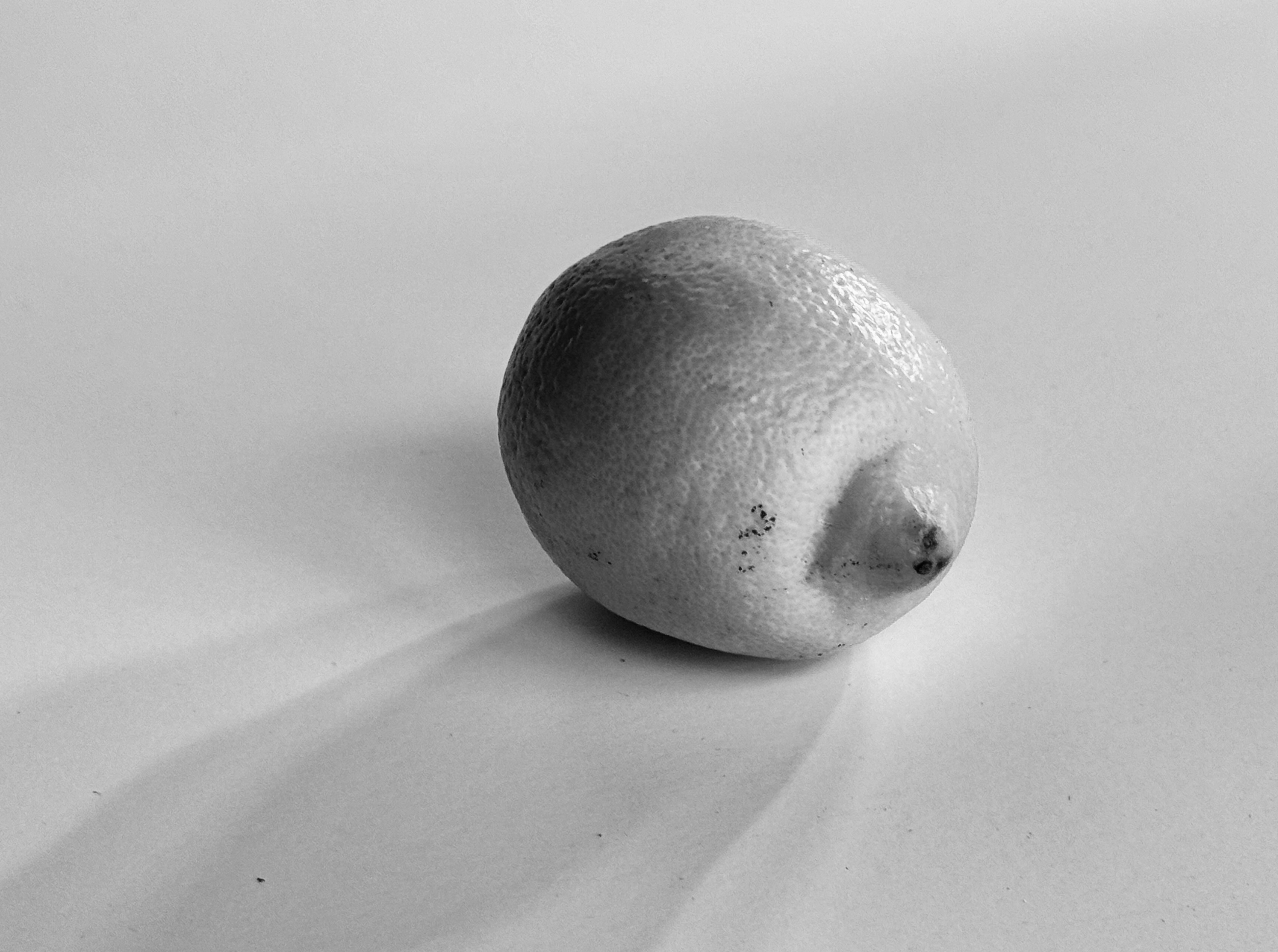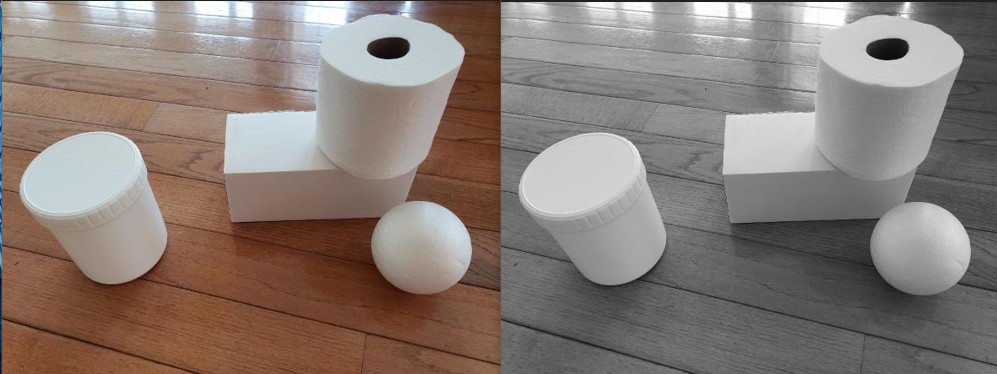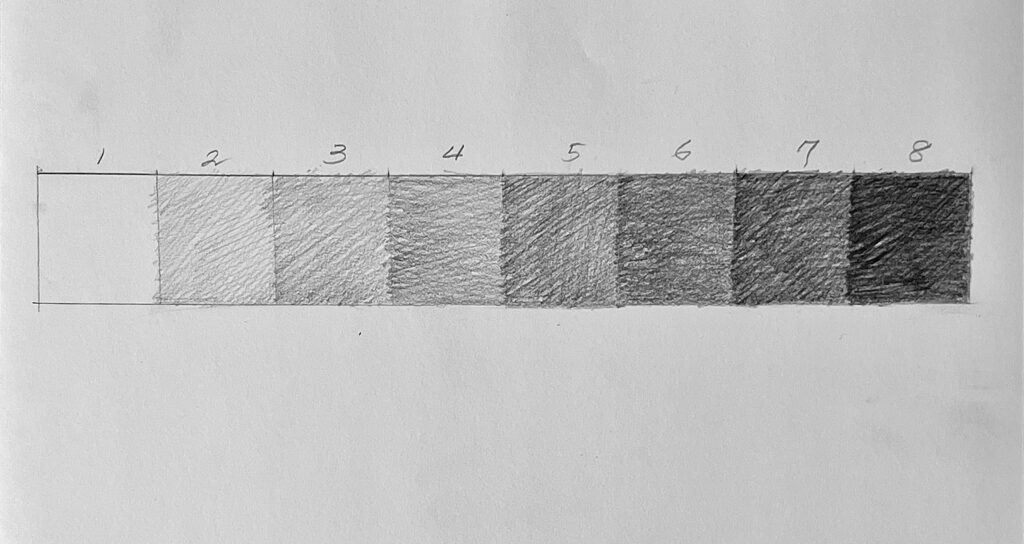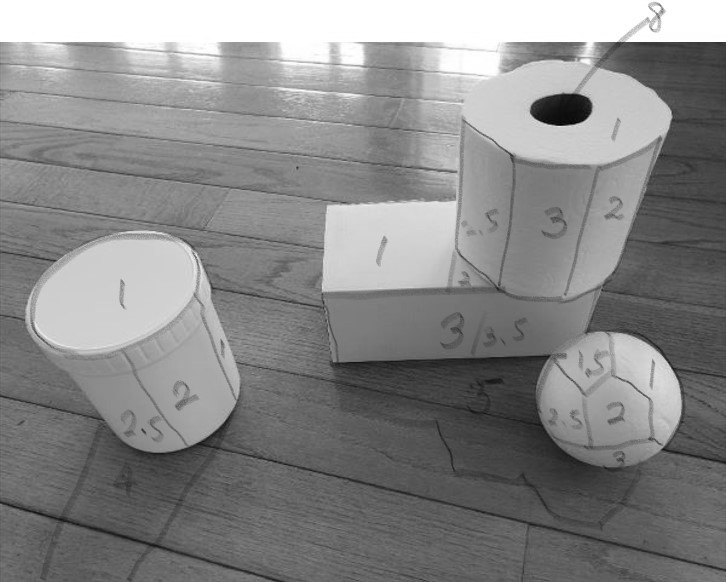Physical Address
304 North Cardinal St.
Dorchester Center, MA 02124
Physical Address
304 North Cardinal St.
Dorchester Center, MA 02124

In art, value refers to the lightness or darkness of a color. It is a fundamental element that helps create the illusion of spatial depth and three-dimensionality (volume) on a flat surface.


A helpful way to grasp the concept of value is to imagine objects in a black-and-white photograph. Without color, the image relies entirely on variations in value to convey form, texture, and depth.

To better understand value, artists often use a value scale, which organizes values from light to dark, allowing them to determine the relative lightness and darkness in their work.

A value scale organizes values from light to dark, ranging from white to black with shades of gray in between.
It generally consists of six to ten values, but the range can vary depending on the artist’s intention and purpose.
Again, focus on values.

Developing the habit of creating an imaginary—or even physical—value contour map can significantly enhance your ability to observe and apply values accurately. This involves mentally mapping out areas of light and shadow, as shown in the example below.


By doing this, you train your eyes to distinguish subtle variations in value, leading to more realistic and dynamic artwork.
Without this practice, beginners often oversimplify values, resulting in flat, unconvincing images that lack depth and volume. Alternatively, they may misinterpret values, leading to distorted or unrealistic depictions. Accurate value mapping helps maintain the illusion of solidity and form, ensuring that your work appears more three-dimensional and visually impactful.